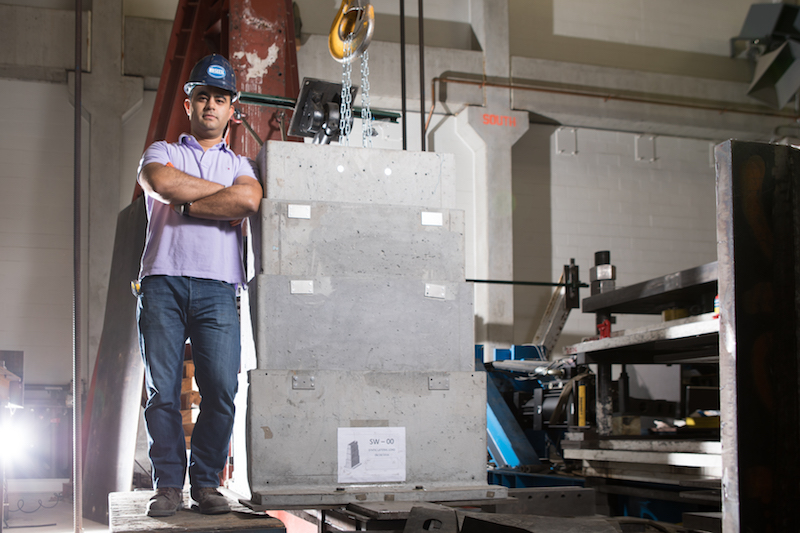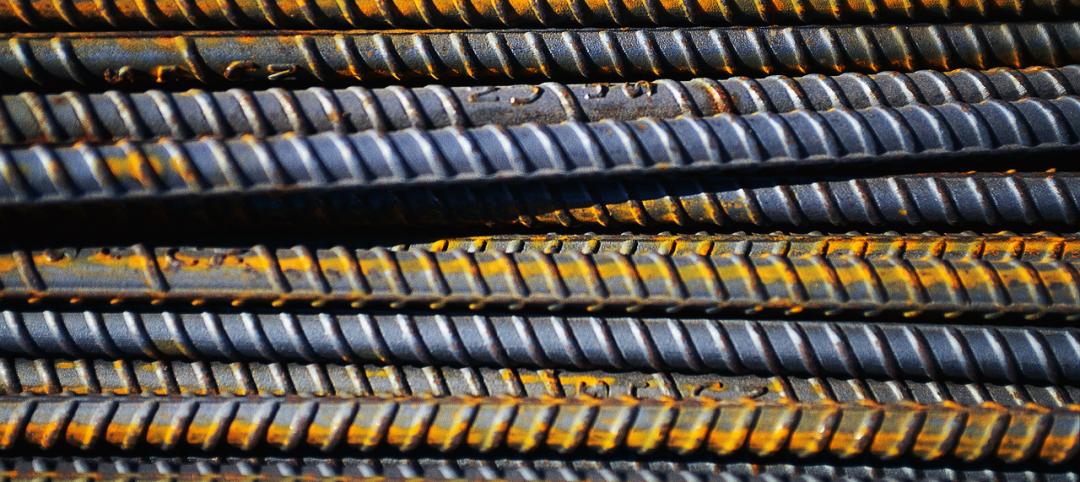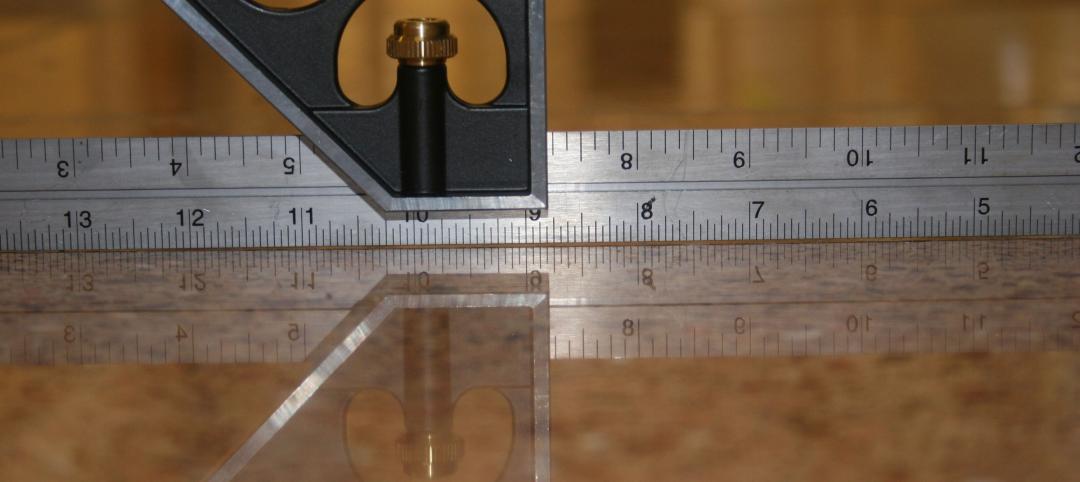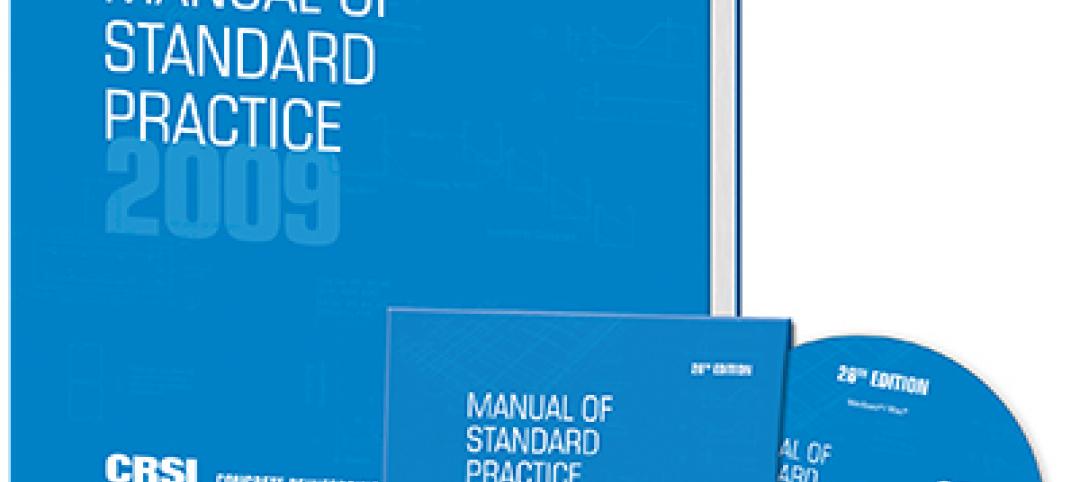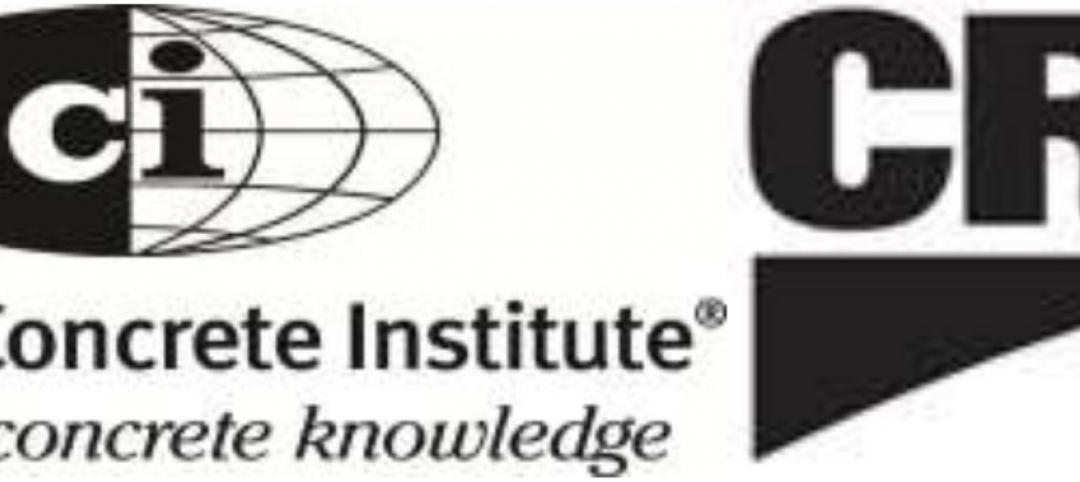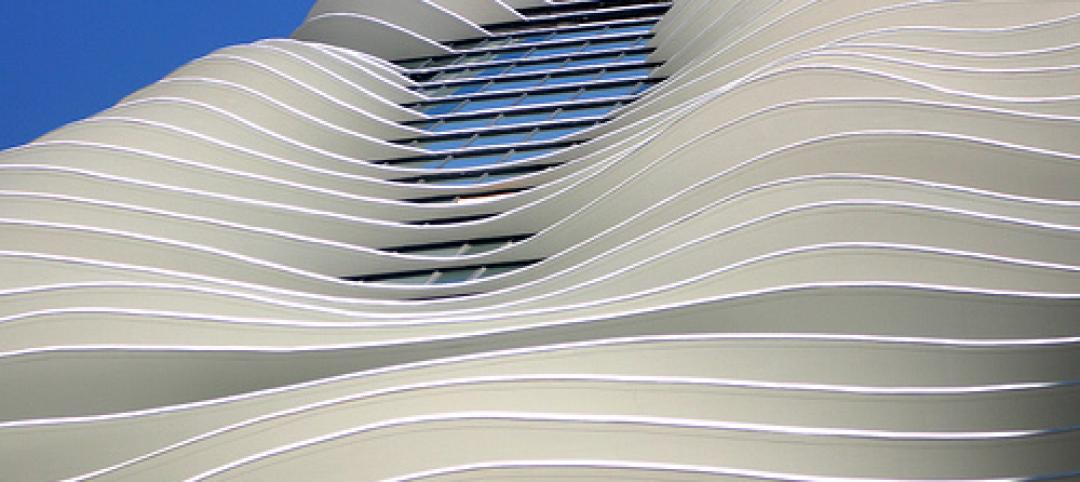Water is often times considered to be the most powerful force on the planet. Which means, under the right circumstances, it can also be the most destructive. All you have to do is watch footage from the tsunami that occurred in Japan in 2011 to understand just how devastating a force it can be. And when the water begins rising, be it from an ocean, lake, or river, it can seem like there is no stopping it from its relentless march forward. Jorge Cueto, a Ph.D. candidate at the University of Buffalo, however, has come up with an invention to try and do just that: stop floodwaters before they can ever reach homes or businesses.
Cueto came up with a patent-pending system of telescoping fiber-reinforced concrete boxes that he hopes to develop into “rise on demand” floodwalls. Think of Russian nesting dolls, but with concrete blocks.
Each section of the wall rises from another section that is just a little larger. Using a telescopic design such as this means that when the floodwalls are not needed, they will be able to retract underground so as not to block water views or roads and sidewalks, such as those around hospitals, that cannot be permanently blocked.
In order to keep the water from flooding into any open cracks that may result from where each block meets the one above and below it, Cueto is in the process of developing a system of gaskets to make the walls water tight. He is also working on expandable flaps to cover the space between each wall section.
Much of the science and plenty of technical aspects still need to be worked out before Cueto’s telescopic walls find a real-world use, but the main idea is in place and, if successful, Cueto’s invention could help prevent millions of dollars worth of damages due to floods.
For the full story, click here.
Related Stories
| Nov 22, 2011
New Green Matters Conference examines emerging issues in concrete and sustainability
High-interest topics will be covered in technical seminars, including infrared reflective coatings for heat island mitigation, innovative uses of concrete to provide cooling and stormwater management, environmental benefits of polished concrete, and advancements in functional resilience of architectural concrete.
| Nov 16, 2011
CRSI recommends return to inch-pound markings
The intention of this resolution is for all new rollings of reinforcing steel products to be marked with inch-pound bar markings no later than January 1st, 2014.
| Nov 8, 2011
Transforming a landmark coastal resort
Originally built in 1973, the building had received several alterations over the years but the progressive deterioration caused by the harsh salt water environment had never been addressed.
| Nov 8, 2011
WEB EXCLUSIVE: Moisture-related failures in agglomerated floor tiles
Agglomerated tiles offer an appealing appearance similar to natural stone at a lower cost. To achieve successful installations, manufacturers should provide design data for moisture-related dimensional changes, specifiers should require in-situ moisture testing similar to those used for other flooring materials, and the industry should develop standards for fabrication and installation of agglomerated tiles.
| Nov 2, 2011
CRSI’s Manual of Standard Practice now available
This resource contains information on recommended industry practices for estimating, detailing, fabricating, and placing reinforcing steel for reinforced concrete construction.
| Nov 1, 2011
Holcim awards winners for North America announced
A socio-architectural project to create regional food-gathering nodes and a logistics network in Canada's high arctic territory won the top prize for North America of $100,000.
| Oct 14, 2011
ACI partners with CRSI to launch new adhesive anchor certification program
Adhesive anchor installer certification required in new ACI 318-11.
| Oct 7, 2011
GREENBUILD 2011: Transparent concrete makes its North American debut at Greenbuild
The panels allow interior lights to filter through, from inside.
| Oct 4, 2011
GREENBUILD 2011
Click here for the latest news and products from Greenbuild 2011, Oct. 4-7, in Toronto.
| Sep 20, 2011
Jeanne Gang wins MacArthur Fellowship
Jeanne Gang, a 2011 MacArthur Fellowship winner described by the foundation as "an architect challenging the aesthetic and technical possibilities of the art form in a wide range of structures."


